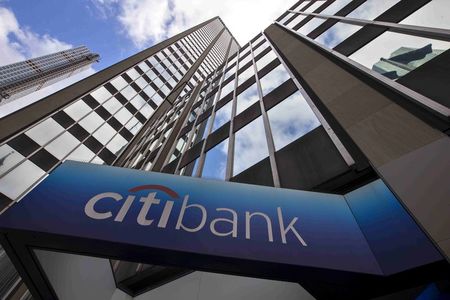The term mergers and acquisitions (M&A) refers to the consolidation of companies through financial transactions. This process involves one company acquiring another company’s shares. Several terms and conditions may apply to these transactions. However, these terms may differ from one market to another. The valuation adjustment mechanism is unique to the Chinese market, particularly in private equity investments.
What is the Valuation Adjustment Mechanism?
The valuation adjustment mechanism (VAM or bet-on) is an arrangement in private equity investments. It defines a contingent payment contractual agreement prevalent in the Chinese market. More specifically, it applies to mergers and acquisitions. With this mechanism, the involved parties can reduce deal uncertainty and generate value. Similarly, it can help boost short-term performance for underperforming companies.
The valuation adjustment mechanism occurs between an investment and the target company. It is a crucial clause in many Chinese private equity M&A transactions. With this mechanism, the target company agrees to indemnify the investor for underperforming. However, it also rewards the company for overperforming. In that case, the investor must compensate the target company.
In a valuation adjustment mechanism, both parties predefine the performance indicators. These indicators help determine if one party must compensate the other. Usually, this compensation occurs through cash or equity. Both parties must agree to these indicators, which may be financial or non-financial. Overall, the value adjustment mechanism can be crucial, especially in private equity investments.
What are the uses for the Valuation Adjustment Mechanism?
As mentioned above, the valuation adjustment mechanism is most common in mergers and acquisitions. This mechanism allows the acquirer to reduce their losses. On the other hand, it can also benefit the target company. There are several cases where the value adjustment mechanism may be beneficial. Usually, companies use it when information asymmetry exists between the parties involved.
For the investor, the valuation adjustment mechanism is a part of a hedging strategy. With this strategy, investors can offset their losses in the merger and acquisition transaction. It allows them to take an opposing position related to the target company’s performance. This way, if the company underperforms, the investor does not suffer significantly.
On the other hand, the valuation adjustment mechanism can also benefit the target company. For the company, it is a part of a speculative strategy. This mechanism allows the target company to bet on its performance in the future. If this performance exceeds the predefined indicators, it can significantly profit from the overachievement.
Example
A valuation adjustment mechanism is a part of a merger and acquisition agreement. Usually, there are three parties involved in this agreement. The contract may initiate and define those parties as below.
“On DD/MM/YYYY, Party A (Acquirer) acquired shares in Party C (Target Company). To settle the transaction, Party A provided its shares (i.e., Party A’s shares) to Party B (Target company’s original shareholders). As such, Party B holds X% equity interest in Party A.”
“Given the above, there are three parties to the Valuation Adjustment Mechanism (VAM) as follows:
- Party A (Acquirer)
- Party B (Target company’s original shareholders)
- Party C (Target company)”
A crucial part of the valuation adjustment mechanism is the performance indicators. These indicators differ from one contract to another. As mentioned above, they may include both financial and non-financial performance indicators. The value adjustment mechanism will define those indicators. For example, it may look as follows.
“The target annual revenue for Party A’s business (the “Result”) is RMB XYZ million.”
However, it does not define that performance only. The valuation adjustment mechanism also includes the over- and underperformance indicators. As mentioned above, these may differ from one contract to another. An example of how these may look is below.
“If the Result falls within the range of RMB XYZ million plus/minus X%, no action is needed.”
“If the Result is less than RMB XYZ million, Party B will repay the pro-rata difference (based on Party B’s shareholding in Party C) to Party A.”
“If the Result is higher than RMB XYZ million, share options of the newly merged company (i.e., company resulting from Party A’s acquisition of Party C) will be granted to certain management.”
Conclusion
The valuation adjustment mechanism is a prominent part of most mergers and acquisitions in the Chinese market. This mechanism allows the parties involved to predefine performance indicators. Based on those indicators, it determines whether one party must compensate the other. For the investor, the compensation occurs when the target company underperforms. For the target company, the opposite applies.
Further questions
What's your question? Ask it in the discussion forum
Have an answer to the questions below? Post it here or in the forum




